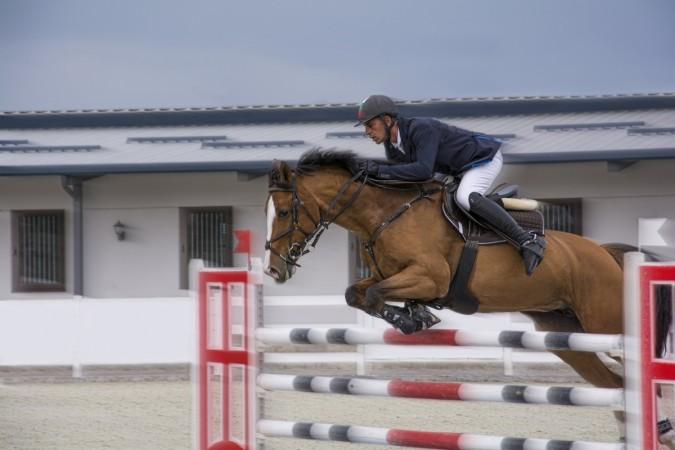
Scientists, who had previously cloned polo ponies, have achieved yet another breakthrough in their work that could lead to the creation of genetically engineered "super-horses" that are faster, stronger and better jumpers than regular horses within two years.
Scientists in Argentina reportedly managed to rewrite the genomes of cloned horses by using a powerful DNA editing technique called CRISPR. They also produced healthy embryos that are now expected to be implanted into a surrogate mother by 2019.
CRISPR, an acronym that stands for Clustered, Regularly Interspaced, Short Palindromic Repeats, is basically a technique in a bacteria's immune system. When a virus invades a bacterial cell, the CRISPR system captures a piece of the virus's DNA and slides it into a section of the bacteria's own DNA, allowing it to detect and destroy the virus as well as similar viruses in future attacks.
Scientists are now able to use the same mechanism to cut, copy, and replace pieces of DNA. This DNA editing technology has huge potentials as it can allow scientists to swap faulty genes that may lead to a potential cure for genetic disorders.
When it comes to the current experiment, researchers from Kheiron Biotech, an Argentina-based cloning company, have focused on the myostatin gene sequence which is crucial for the growth of muscles.
In theory, animals designed in such a way will be able to run faster for longer and jump higher more easily than their regular counterparts. While traditional breeding may take many generations to develop similar traits in animals, genetic engineering can make this happen in no time.

"This technology brings additional progress in horse breeding. It could be possible to achieve better horses in less time," Daniel Sammartino, the founder of Kheiron Biotech, told The Telegraph. "Our next big challenge is not only to export our technology but fundamentally develop these scientific advances in other animals for multiple purposes."
Genetic modification, however, is nothing new to equine sports, with the first horse was cloned in 2003 by US cloning company ViaGen. Last year, Argentine polo player Adolfo Cambiaso rode six horses, all cloned from the same mare, to win a tournament.
In 2013, the International Federation for Equestrian Sports (FEI) lifted the ban on cloned horses competing internationally. Therefore, it won't come as surprise if genetically enhanced animals are allowed to compete in global sporting events, including the Olympics, in the future.
"The performance of a cloned horse is unlikely to match that of the original horse for a number of reasons, including the maternal uterine environment, nutrition, training and the understanding that clones are not exactly the same as the original horse," Shannon Gibbons, an FEI spokeswoman, said.
"Additionally, as progeny of cloned horses will be produced by conventional reproductive methods, such as natural covering or artificial insemination, maintaining fair play is protected. The FEI will therefore not forbid participation of clones or their progenies in FEI competitions. However, we will continue to monitor further scientific research," Gibbons added.












